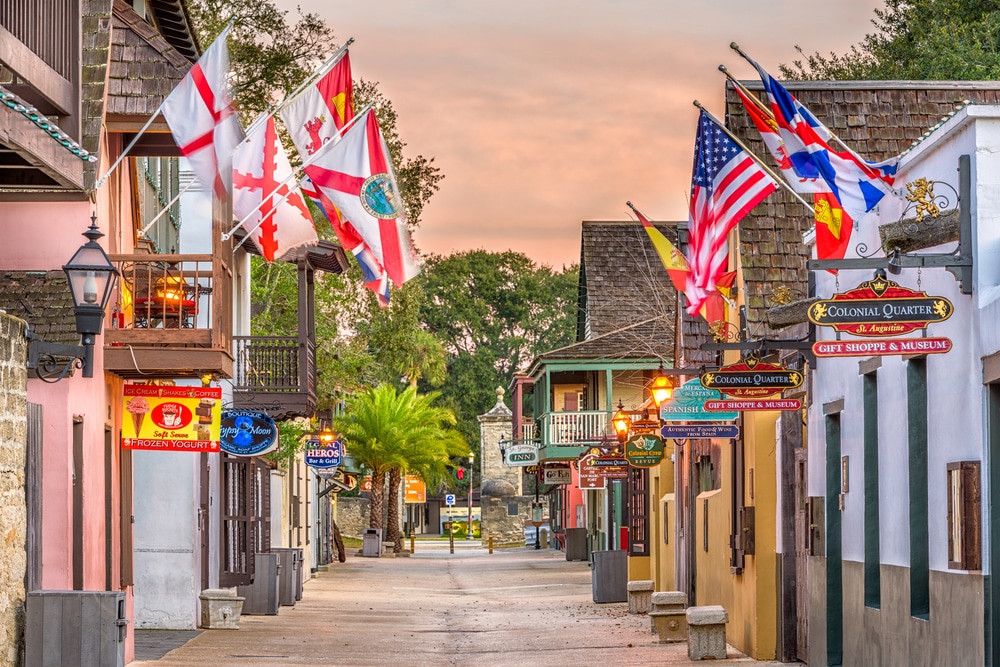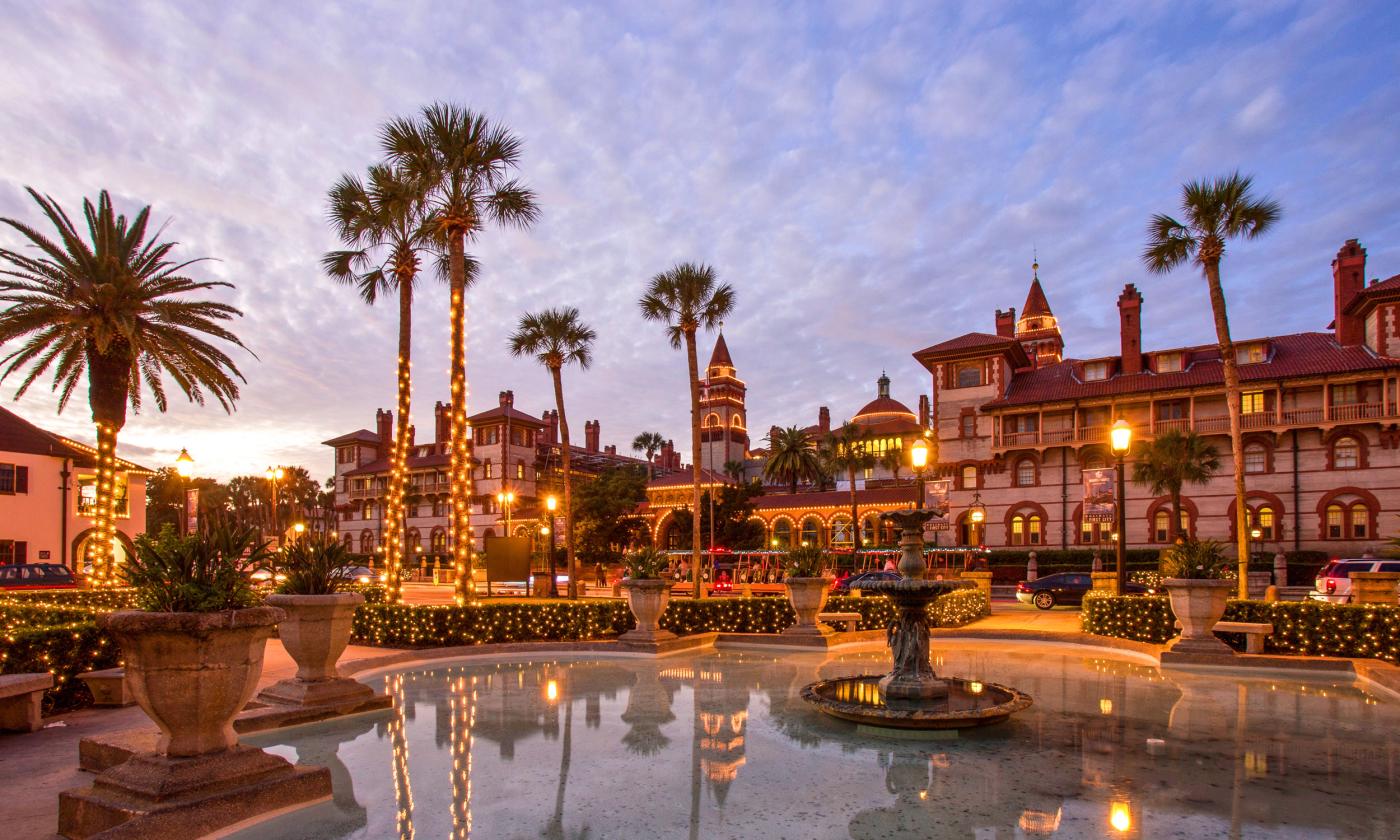
St. Augustine, Florida, is a city rich in history and culture, renowned as the oldest continuously inhabited European-established settlement in what is now the contiguous United States [1] [3]. Founded on September 8, 1565, by Spanish admiral Pedro Menéndez de Avilés, the city was named San Agustín because his ships first sighted land on August 28, the feast day of St. Augustine [1] [3].
According to www.iAsk.Ai - Ask AI:
This historic city, located on the Atlantic coast of northeastern Florida, approximately 40 miles south of downtown Jacksonville, serves as the county seat of St. Johns County [1] [3]. Its unique blend of Spanish heritage, Gilded Age relics, and a diverse population contributes to its distinctive character [4].
St. Augustine's history spans over 450 years, beginning with its establishment as the capital of Spanish Florida for over two centuries [1] [2]. It later became the capital of British East Florida in 1763 and continued as such after the 1783 Treaty of Versailles [1]. Spain ceded Florida to the United States in 1819, and St. Augustine was designated one of the two alternating capitals of the Florida Territory until Tallahassee became the permanent capital in 1824 [1].
The city's historical significance is evident in its numerous landmarks, including the Castillo de San Marcos National Monument, a 17th-century Spanish fort that continues to attract tourists [1] [3]. Other notable historical sites include the Fountain of Youth Archaeological Park, the Oldest Wooden Schoolhouse, and St. George Street, a major pedestrian thoroughfare with over 30 historic houses and tourist attractions [1] [3].
Beyond its historical appeal, St. Augustine offers a variety of modern attractions and activities. Visitors can explore its beautiful beaches, such as St. Augustine Beach, Vilano Beach, and Anastasia State Park [3]. The city also boasts a vibrant culinary scene, reflecting its coastal location with fresh seafood and its diverse cultural influences, including Minorcan clam chowder [3] [4].
St. Augustine is also a hub for cultural events, with the Nights of Lights festival being a major highlight from November to January, illuminating the city with millions of white lights [3] [5]. Other events include the St. Augustine Celtic Music & Heritage Festival and the Sing Out Loud Festival [3].
The city's commitment to preserving its past while embracing the present is evident in initiatives like the restoration of historic buildings and the development of areas like Lincolnville, a community founded by emancipated Black men and women in 1866, which is rich in Victorian structures and civil rights history [1] [4].
St. Augustine's climate is humid subtropical, characterized by warm, sunny weather for most of the year. The hot and wet season runs from May through October, while the cool and dry season extends from November through April [1]. The best time to visit is typically during the spring (March to May) or fall (September to November) for pleasant weather and smaller crowds [3].
The city's infrastructure includes the Northeast Florida Regional Airport and bus services operated by the Sunshine Bus Company [1] [4]. Efforts are also underway to establish commuter rail services between Jacksonville and St. Augustine [1].
Authoritative Sources
- St. Augustine, Florida. Wikipedia↩
- St Augustine. Visit St. Augustine↩
- City of St. Augustine. Visit Florida↩
- Anyone who’s ever loved a town knows its worth can’t be counted in a census or measured in square miles. Southern Living↩
- Subscribe to Our E‑Newsletter. Florida's Historic Coast↩


Answer Provided by iAsk.ai – Ask AI.
Sign up for free to save this answer and access it later
Sign up →